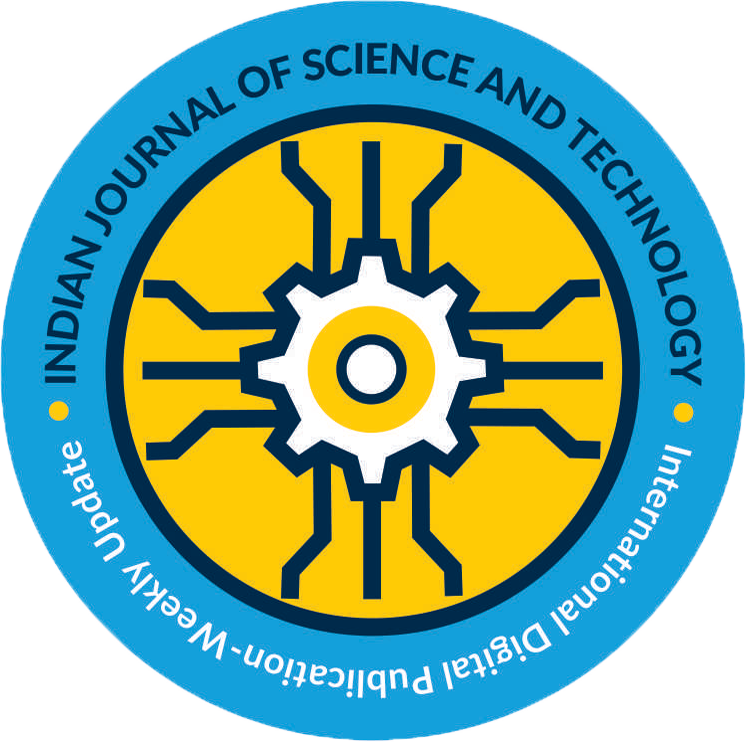- P-ISSN 0974-6846 E-ISSN 0974-5645

Indian Journal of Science and Technology
Article

- VIEWS 1550
- PDF 271
Indian Journal of Science and Technology
DOI: 10.17485/ijst/2015/v8i26/80996
Year: 2015, Volume: 8, Issue: 26, Pages: 1-5
Original Article
Mutual Authentication Scheme for IoT Application
G. Usha Devi * , E. Vishnu Balan, M. K. Priyan and C. Gokulnath
School of Information Technology and Engineering, Vellore Institute of Technology, Vellore - 632014, Tamil Nadu, India;
[email protected], [email protected], [email protected], [email protected]
Abstract
Background: Internet of Things (IoT) is the next emerging technique in which each and every thing in the world is getting connected to the internet by means of various communication techniques. By using the technique of multicasting, these things communicate with each other to transfer the data. So there is a need of an authentication scheme in order to prevent the data form getting corrupted while transmitting. As we know trillions of devices are connected in IoT, a secure communication should be implemented for the same. So a light weight authentication should be provided for IoT. Methods: The IoT consist of many objects, the objects may me mobile phones, refrigerator, air cooler etc. along with sensors, actuators, base station. The objects are mainly connected with sensors in order to retrieve data from each of them. Since sensor network is adhoc networks and the computational power consumed of sensor networks are also very low. Hence in the Wireless Sensor Network (WSN) many sensors are connected with one or more base station. The base station in wireless sensor network manages allthe sensor nodes with the help of processor and memory. Since we are transforming from wireless sensor networks to IoT, the objects are connected to internet by providing address to individual object. So, the base station not having the capable to provide a secure communication between the objects along with sensors and internet.In this paper, we propose a new authentication scheme by means of two different approaches. Since IoT contains many numbers of objects, we connect certain objects which are in same area and provide a database for that object. The data related to particular node is stored and updated frequently in the database and maintained by Data Base Management System (DBMS) and it is connected to internet. Results: Whenever a user wants to access the data, the authentication is provided by means of login id with hashing password or with the help of MAC passwords. These two authentication scheme provide better when compared to existing method which are shown in results. The metrics that measures the performance of the proposed approach are the resistance against node compromise,computation overhead,communication overhead, robustness to packet loss and message entropy. Applications: This main application of mutual authentication scheme for IoT is to provide a authentication between the end user and the sensor network data. This method is also suitable for smart house application where the user can securely access the data from anywhere in the world.
Keywords: Data Base Management System (DBMS), Internet of Things (IoT), Light Weight Authentication, Mutual authentication, Sensor Networks





